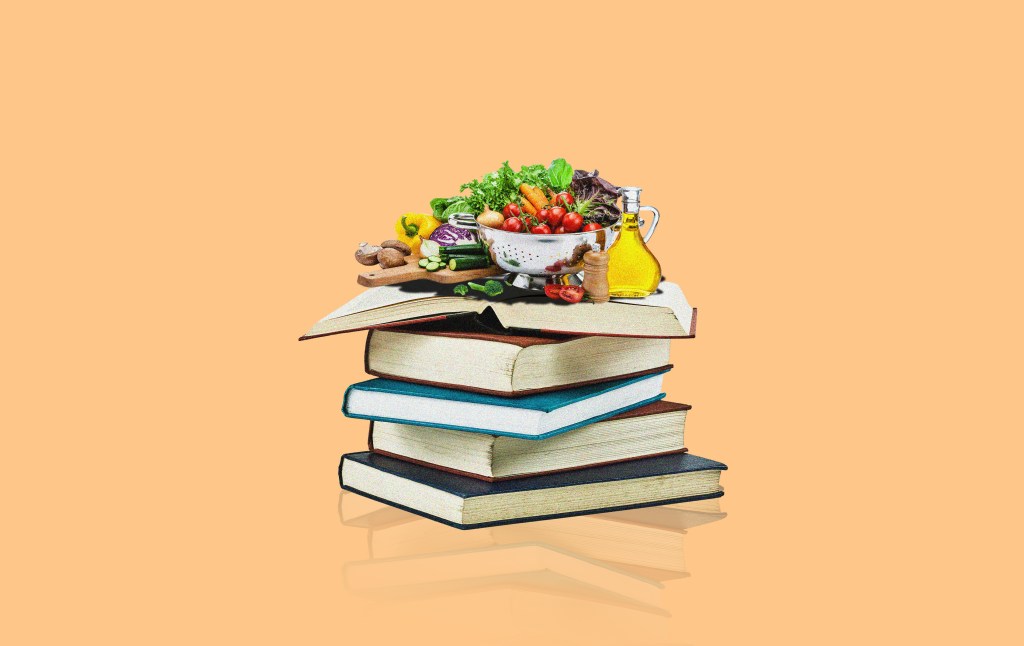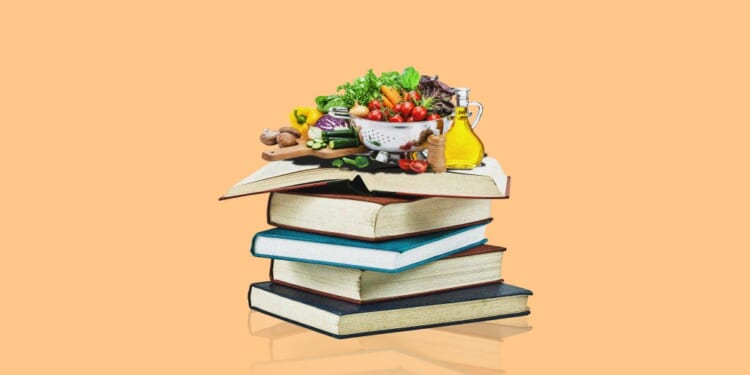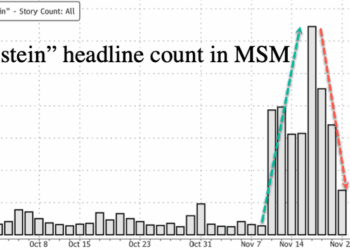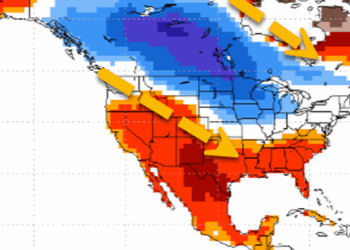
The day after the Ides of March in the year of Our Lord 2020, I started a new (to me) routine: For an hour each afternoon, my husband took the kids to play outside, while I sat at the kitchen island, my laptop sandwiched betwixt the coffeepot and the fruit bowl—and wrote. Once the clock struck 5, I made dinner, which we all enjoyed on the outdoor back deck. My middle son was going through a phase where he would only eat chicken nuggets shaped like dinosaurs. One week, the grocery store did not have those in stock, so I got the regular, oval-shaped ones. Dinner that night involved a lot of tears. Mostly not mine.
If writers are people, they need food. And if writers need food, what is it? What fuels their writing? And in what ways might the foods they love shape the books these writers actually write? These are the questions novelist and literary critic Valerie Stivers has been exploring since 2017 in her column for The Paris Review, “Eat Your Words.” The fruits of her labors there—and many more besides—are now assembled in a delightful new book, The Writer’s Table: Famous Authors and Their Favourite Recipes.
Every short chapter in the book tells stories about a famous writer and either a key food that features in that writer’s work or a food that we know they loved. Stivers includes recipes—real ones from the writer, when available. In other cases, these are the recipes she herself recreated through trial and error (sometimes including Pyrex dish explosions) in her own kitchen. In the process, relationships emerge—writers and other people with whom they shared food; writers and the sensory world around them; writers with the world of ideas. People are flesh and blood, and this is true of writers as well—a reality too easy to ignore or forget while reading a novel by someone about whose life we might not know very much.
And yet, Stivers shows, we miss much when we forget that writers are people, too. Their relationships to food rehumanize them, bring them into focus as persons with real emotions, likes and dislikes, just like us. Sure, there is the stereotype of writers existing on cigarettes, coffee, and alcohol alone—and on occasion, some do. The French novelist Honoré de Balzac notoriously drank buckets of coffee to fuel his night-long writing binges. And while Ernest Hemingway never did say “write drunk, edit sober” (a phrase often misattributed to him), some writers do live out that advice.
Still, most writers do eat normal food. So we learn that Emily Dickinson loved to bake—and wrote down poems on the backs of recipes. For instance, on the reverse side of Dickinson’s recipe for coconut cake is the poem “The Things that never can come back, are several.” Stivers explains the significance of such pairings: “Dickinson scholars suggest that the exotic cake ingredients may have inspired the poet’s thoughts about journeys and travellers. There was also a poem scribbled on the back of a packet of Parisian baking chocolate.” Baking, in other words, seems to have been very directly generative for Dickinson, offering ideas for poetry even while mixing, stirring, and thinking of the many friends and relatives to whom she often sent these baked goods at the end.
Food permeates Jane Austen’s novels. While Austen, unlike Dickinson, never cooked herself (this was the servants’ job!), she knew enough about food for the various references to food in her novels to be significant. So, for instance, in her chapter on Austen, Stivers provides a recipe for the “white soup” that Mr. Bingley raves about in Pride & Prejudice. And yet, the soup was nothing special at the end. Stivers concludes: “Austen may have intended the dish to be a joke, both bland and pretentious; to joke about food was very like her.”
I was surprised to learn that some famous writers even wrote their own cookbooks. The novelist Alexandre Dumas, of The Count of Monte Cristo and The Three Musketeers fame, also wrote a Dictionary of Cuisine—which, unlike his novels, is not currently in print. But it includes such recipes as a fancy salad with beets and eggs, with a complicated dressing. He wrote this book in a season when he was feeling very hospitable, so “he set up a table with fifteen places and offered standing invitations to friends among the writers, actors, publishers and playwrights of the day to stop by on Wednesdays between eleven p.m. and midnight for dinner. Those who couldn’t make it would let him know three or four days in advance so he could fill their place.”
While Joan Didion didn’t write a cookbook herself, her nephew put one together “from her recipe cards, menus and saved clippings.” Like Dumas, Didion loved to entertain, although sticking to more normal dinnertime hours, and her kitchen boasted trough-sized pots to match the crowds she would invite. The recipe Stivers includes from Didion is for a parsley salad for 40 guests: Ingredients include eight bunches of Italian parsley; 16 tablespoons of olive oil, and four tablespoons of balsamic vinegar for the dressing.
As for the poet William Butler Yeats, he ate a peacock once—at a dinner gathering with other poets. This menu selection was initially inspired by Yeats’ poem “The Peacock,” but the peacock-featuring dinner subsequently inspired another poem from one of the guests, Ezra Pound. “We don’t know if Yeats liked the peacock, but Blunt recorded in his diary that it tasted like turkey.” Stivers does not include a recipe here, probably for the best.
But the Yeats story, with which the book concludes—the short chapters are arranged alphabetically by author’s last name, so we proceed from Maya Angelou to Yeats—brings Stivers’ project full circle in a thought-provoking way. Where does a writer’s creativity and inspiration come from? Sometimes from the most ordinary things, like dinner. And then there is that practical angle: One must eat to live, and man cannot live on bread alone.
The stories and the recipes the book assembles drive this truth home time and again: Writers are people too, and in many ways they are surprisingly ordinary ones. It is a simple biological fact that none of us will survive long without food and drink, so we may as well make them as good as we can, if we can. But writers are also these strange people who can make something beautiful out of substance that the rest of the world may see as simple: words. Ingredients available to all and sundry. Parsley. Olive oil. Or maybe coconut. Yet put together by talented writers, these ubiquitous ingredients form something else. From such simple beauty strung together do poems, essays, novels, stories emerge. Remarkable.
It seems, at some level, a miracle. And maybe it is. But then, so is every new recipe successfully executed—a cake that doesn’t stick to the pan, the potatoes that are done just right, and that unexpected herb that suddenly makes the previously bland chicken or salad seem brilliant. These are timeless joys. To read is human. To delight in food is, too.

















